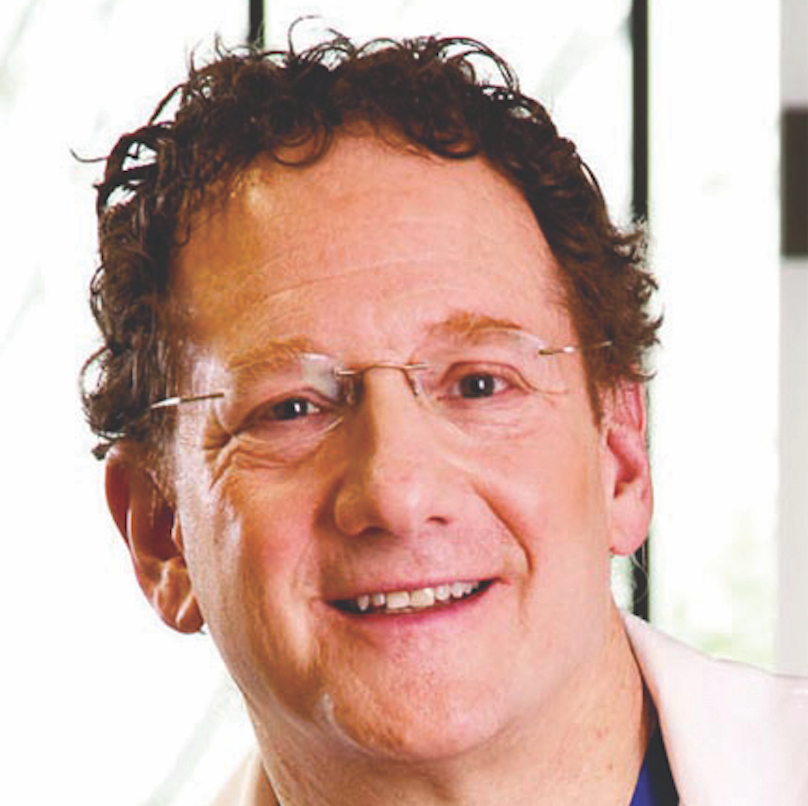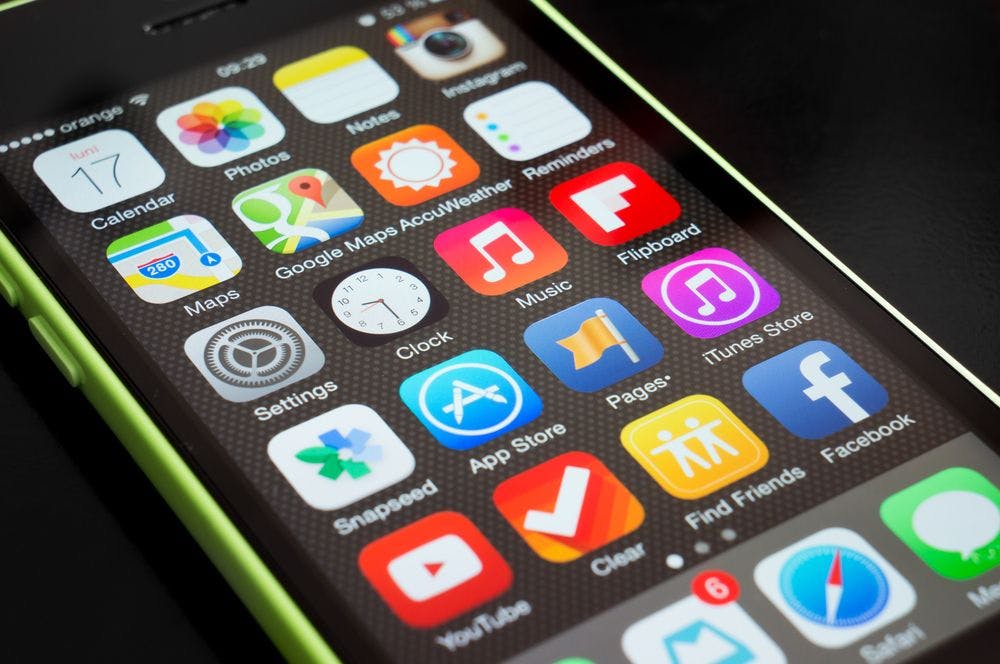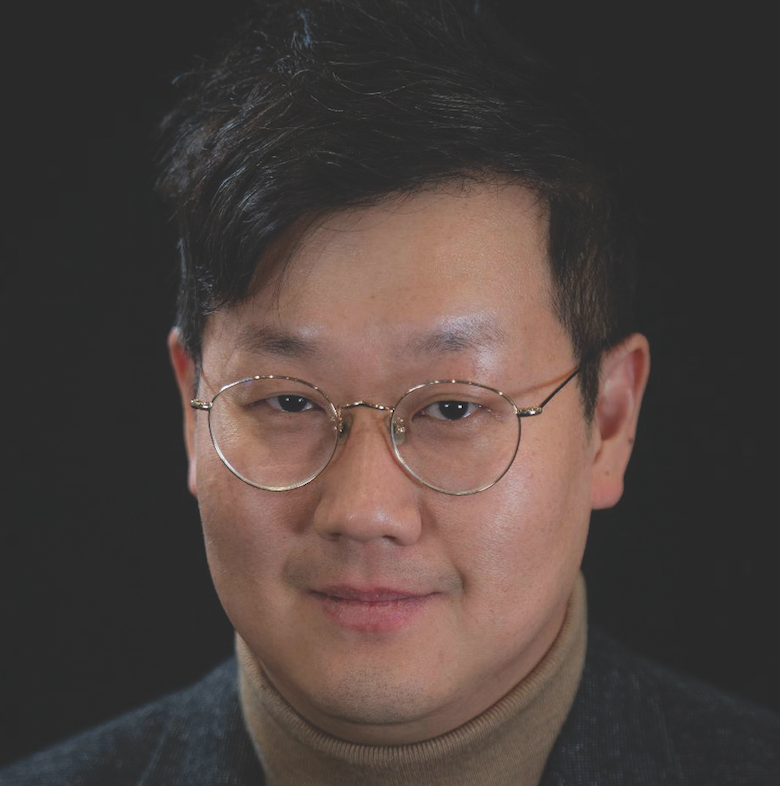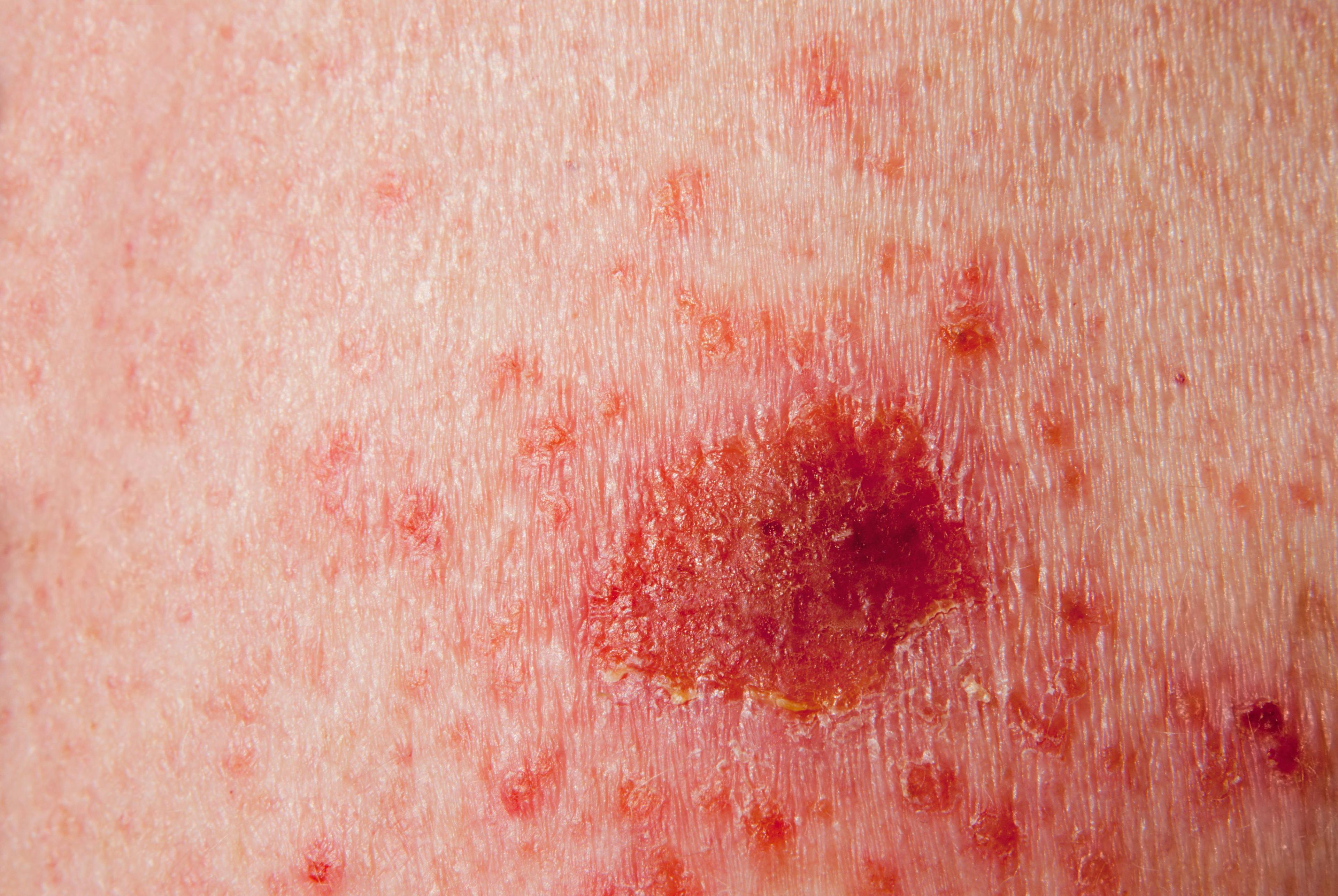- Acne
- Actinic Keratosis
- Aesthetics
- Alopecia
- Atopic Dermatitis
- Buy-and-Bill
- COVID-19
- Case-Based Roundtable
- Chronic Hand Eczema
- Chronic Spontaneous Urticaria
- Drug Watch
- Eczema
- General Dermatology
- Hidradenitis Suppurativa
- Melasma
- NP and PA
- Pediatric Dermatology
- Pigmentary Disorders
- Practice Management
- Precision Medicine and Biologics
- Prurigo Nodularis
- Psoriasis
- Psoriatic Arthritis
- Rare Disease
- Rosacea
- Skin Cancer
- Vitiligo
- Wound Care
Publication
Article
Dermatology Times
Crafting individual beauty
Author(s):
The golden ratio can satisfy beauty standards, but universal, cultural and personal aesthetics must also be considered.
Dr. Shamban
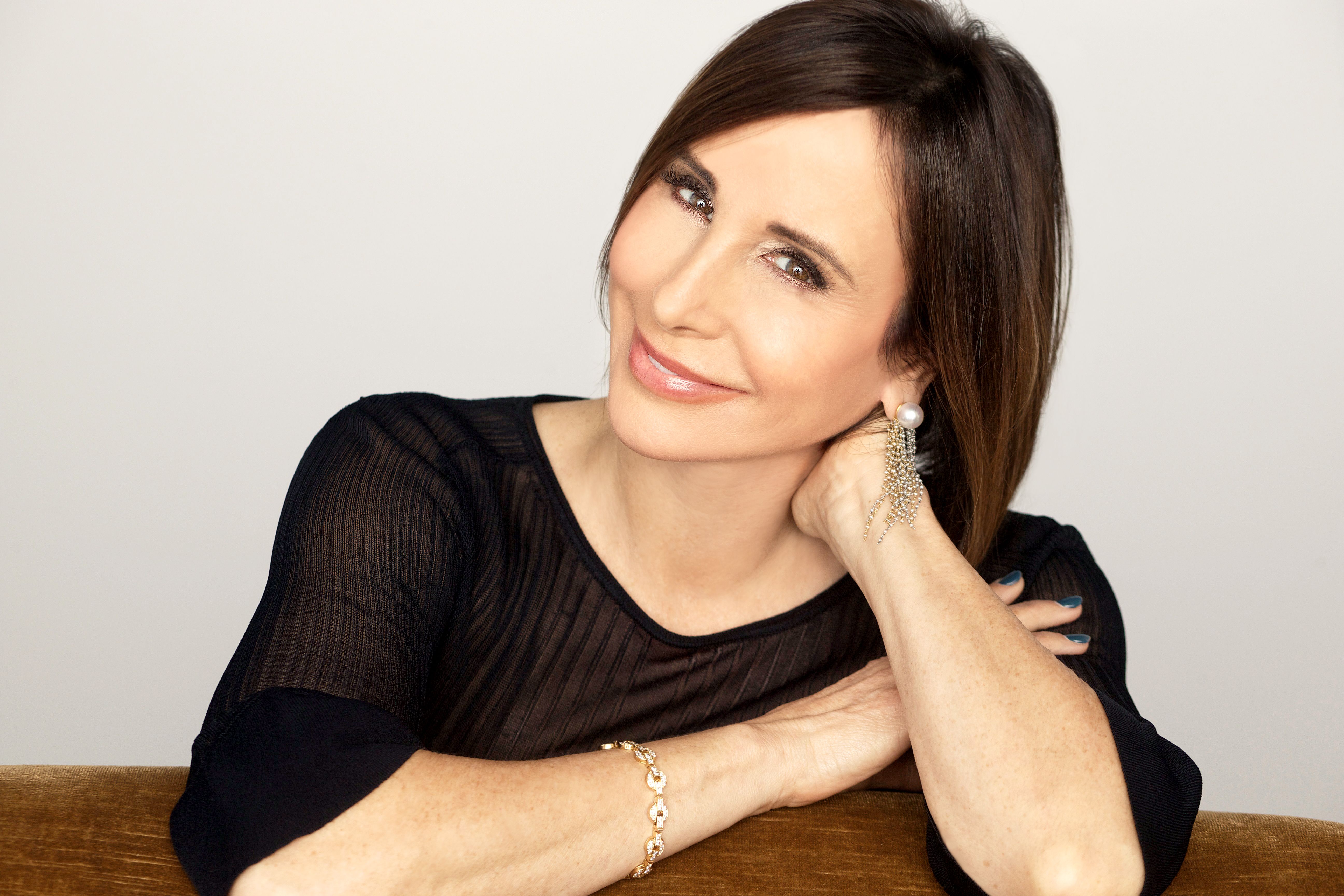
In choosing aesthetic procedures, one must consider the patient as an individual and in the context of his or her culture and international beauty standards. That’s according to Beverly Hills, California-based dermatologist Ava Shamban, M.D., who spoke on the concept of international beauty at last year’s Fall 2018 Cosmetic Bootcamp.
"Beauty is something that we all recognize, but it's very difficult to define," says Dr. Shamban who used The 2018 Winter Olympics as an opportunity to compare and contrast international standards of facial beauty.
Generally, says Dr. Shamban, one can determine an athlete's nationality from his or her facial features. For example, German figure skaters' faces displayed an oval shape consistent with long-held beauty standards. "The Koreans have a bit more defined jawline." Korean men particularly like a strong V-shaped jawline, she adds, so much so that they sometimes undergo surgery to accentuate or re-create it.
Among the Chinese skaters whose photos Dr. Shamban reviewed, she notes a male's strong, square jawline versus a female's more heart-shaped face, with slightly larger proportions for the lips and eyes. As in China and Korea, she says, the Japanese aesthetic favors a strong male jawline, but without the V-shape prized by many Koreans. "The Italian skaters have very beautiful but slightly different physiognomies," she adds.
The U.S. is a melting-pot of beauty aesthetic that encompasses all ethnicities, says Dr. Shamban, while in some other nations, people tend to seek a more uniform look. Nevertheless, she says, the golden ratio or Phi applies equally to beautiful faces across cultures, genders and eras - from Nefertiti to modern-day representatives of all races. "In all the work we do, we want to obey the patient's ethnicity while still reestablishing a lot of these ratios, whether in two-dimensional or three-dimensional form."
When actress Reese Witherspoon started out, says Dr. Shamban, she had a distinctly heart-shaped face with a somewhat pointed chin, along with a midface defect. "That's all been corrected. But it hasn't changed her appearance. That's what's so important." From Rihanna to Beyoncé, she says, changing a celebrity's face could hinder her or his career. "I believe it's the same for everyone. You don't want to compromise what someone looks like, because then you might as well be working for the witness protection program."
Along with satisfying universal and cultural beauty standards, Dr. Shamban notes, facial features must match the wearer's persona. "This is where the actresses - and even the actors - go wrong. Everybody has something special about their persona. Make sure that everything you do is consistent with that."
POLL: How well versed are you in cultural beauty standards? Tell us!
Considering each person's signature feature can help guide treatment decisions, says Dr. Shamban. "Use the blink test, because that engages the subcortical area of your brain to identify what's most prominent - usually eyes or lips." Reducing facial lines, wrinkles and dyspigmentation dials down background noise to accentuate a patient's signature feature."We want to have memorable faces, because that becomes your calling card. It's something you wear every day."
The two facial features that are always unique and immutable are the eyes and mouth, Dr. Shamban says. Michelle Pfeiffer's widely spaced eyes contrast with those of Jennifer Aniston, which are set more closely together.
"Everyone's eyes are shaped slightly differently. So in general, we're trying to highlight or showcase the eyes. The only thing we're really doing is shaping the brow and making sure the eyes are framed by the lashes and brows. But we don't change the shape of the eye at all."
Aesthetic fillers for the nose have sparked substantial debate because these treatments have caused the highest incidence of blindness, and cannulas are not immune, says Dr. Shamban. In a case series published in the June 28, 2018, Journal of Cosmetic Dermatology, five of six cases involved cannulas.
"I treat the nose - but very carefully." One of her favorite procedures is injecting small amounts of filler to give a subtle lift to the nasal tip.
Regarding the lower face, Dr. Shamban says that in her experience, Asian faces tend to have a strong maxilla, and a higher incidence of midface defects that often develop into tear-trough hollows. "In terms of pre-rejuvenation, which is a really important aspect of what we do, a very effective procedure is to support this area in the midface." The same procedure in the typical Caucasian face likely would produce an overly rounded apple shape, she adds.
Signs of aging in the mid- and lower Caucasian face include thinning lips, drooping corners of the mouth and under-eye hollowing. Volume loss beneath the sub-orbicularis oculi fat pad also can create bulges at the cheek. Other changes include jawline irregularities and neck laxity.
Conversely, Dr. Shamban says that age-related changes in the typical Asian jawline are less severe, as is loss of lip volume, although it definitely occurs in Asian patients. When this happens, the upper lip becomes more prominent. "It's possible that the patient's dentition is compromised. So always look inside the mouth." Injecting in and around the lip can provide the gentle support needed, she says. Similarly, dimpling of the chin responds well to a combination of neuromodulator and filler injections.
Functions of Beauty
Physical beauty serves several evolutionary purposes. For starters, says Dr. Shamban, beauty contributes to a psychological positive feedback loop. "When we look at ourselves and we look good, we feel better. It's unclear - do we look good because we feel good, or feel good because we look good?
Along with making patients feel better about themselves, beauty is a cornerstone of sexual selection. With no physical markers to indicate whether a person will be a loyal partner or great parent, explains Dr. Shamban, people and animals connect with beauty as a surrogate marker. "We know that babies spend more time looking at attractive faces. Since we're hardwired to appreciate beauty, it is prominent, key and integral not only to our culture, but also as human beings."
Beauty is also central to nonverbal communication, which is about 90% of human communication, she says. "When you enter a room, you want to be able to judge whether the people there are going to be your friend or foe." Like recognition of the signature feature, says Dr. Shamban, these instincts occur at the subcortical level.
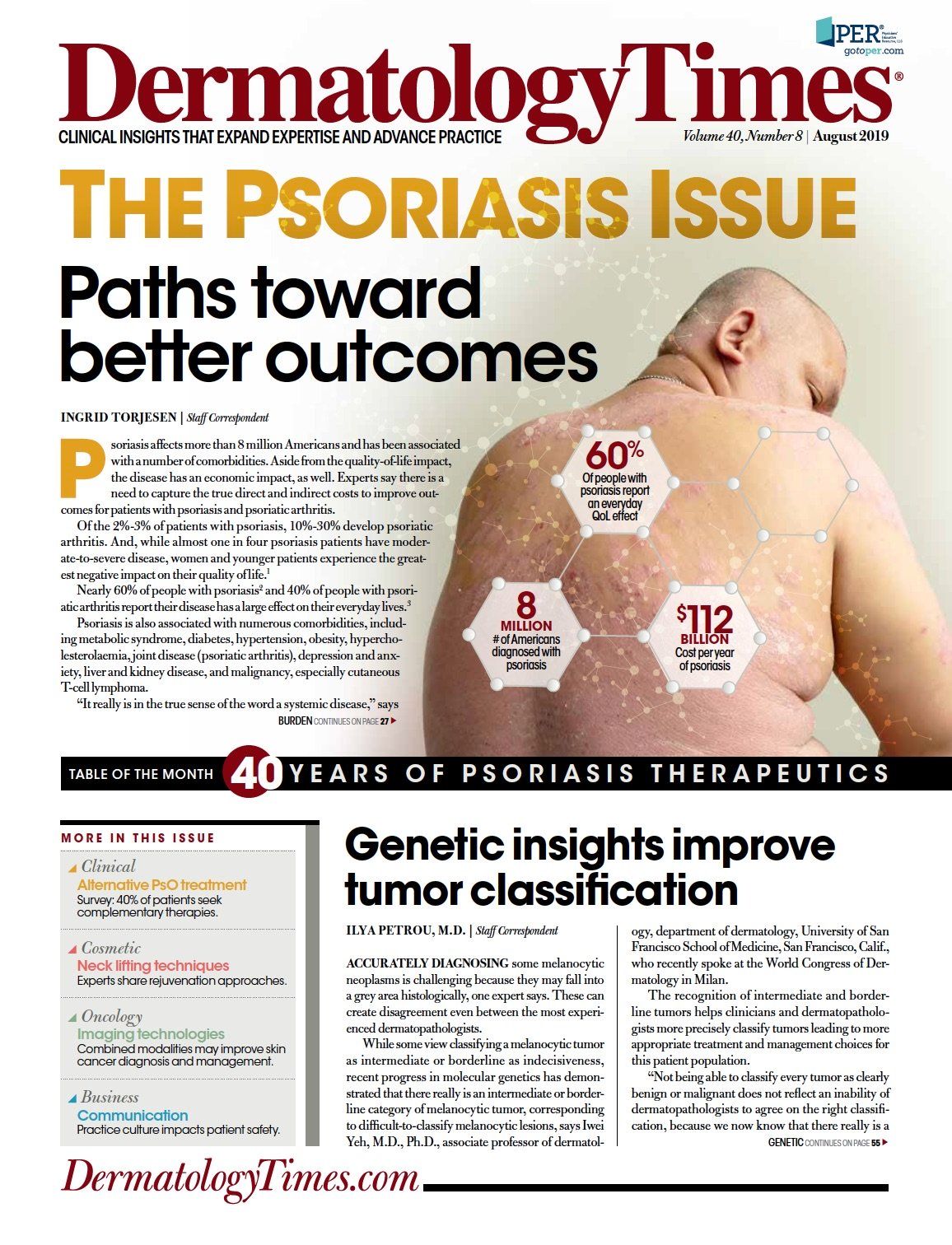
Newsletter
Like what you’re reading? Subscribe to Dermatology Times for weekly updates on therapies, innovations, and real-world practice tips.



